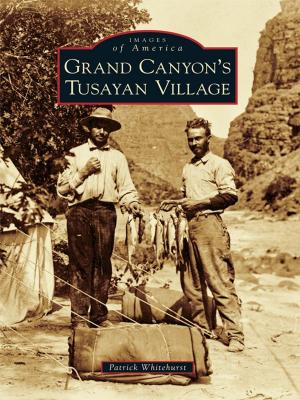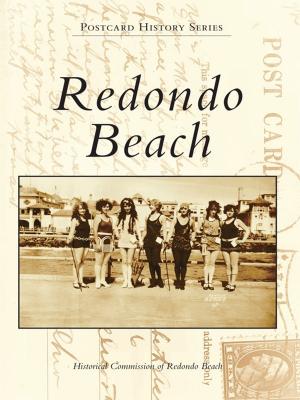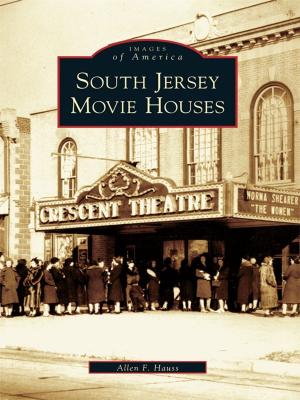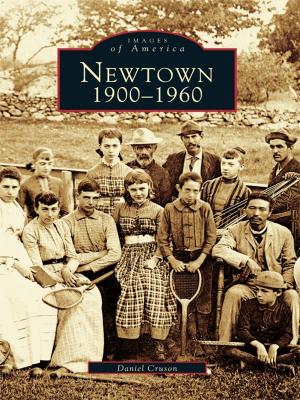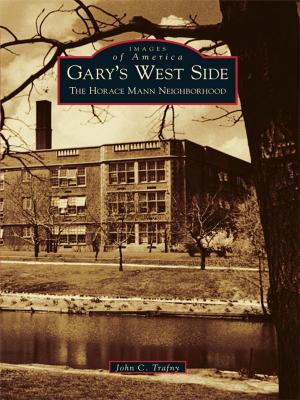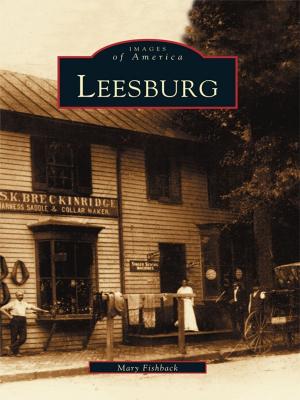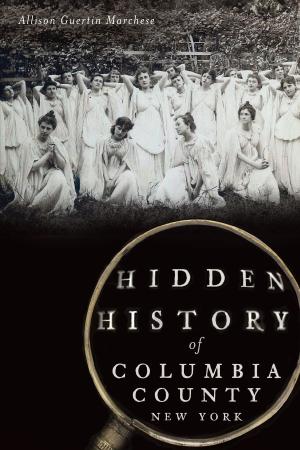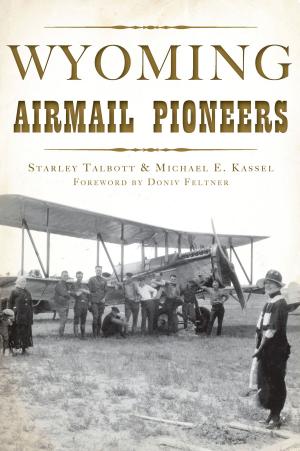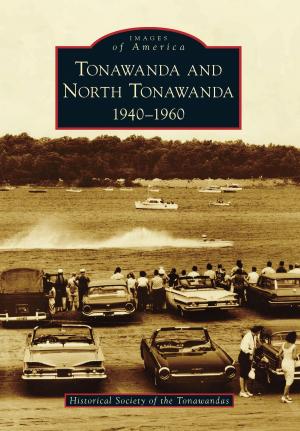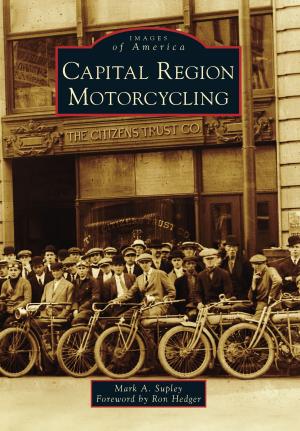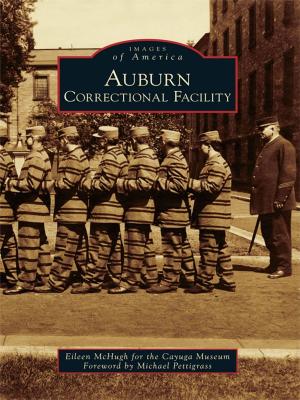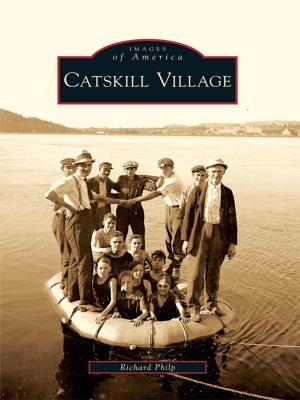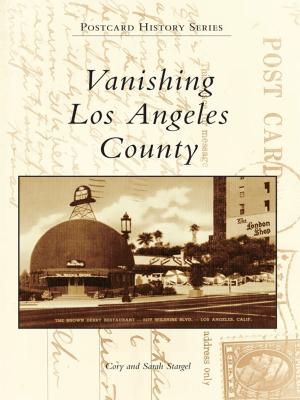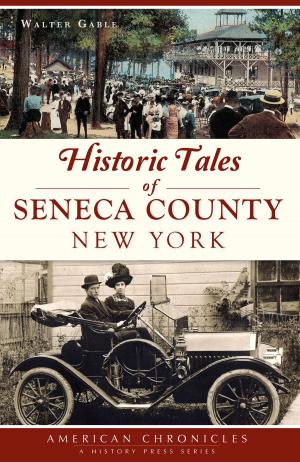| Author: | City of Diamond Bar, Diamond Bar Historical Society | ISBN: | 9781439647455 |
| Publisher: | Arcadia Publishing Inc. | Publication: | September 29, 2014 |
| Imprint: | Arcadia Publishing | Language: | English |
| Author: | City of Diamond Bar, Diamond Bar Historical Society |
| ISBN: | 9781439647455 |
| Publisher: | Arcadia Publishing Inc. |
| Publication: | September 29, 2014 |
| Imprint: | Arcadia Publishing |
| Language: | English |
As with many Southern California communities, Diamond Bar�s recorded history began with a Spanish land grant. One of the area�s first settlers was Jose de la Luz Linares, who founded Rancho Los Nogales (Ranch of the Walnut Trees) on the 4,340 acres granted to him by Mexican governor Juan Alvarado in 1840. The grant included Brea Canyon and the eastern Walnut Valley, a portion of which became the Diamond Bar Ranch, founded by Frederick E. Lewis II in 1918. In 1956, the area looked much as it did in 1840, its golden hills peppered with green stands of oak and walnut trees and grazed by large herds of cattle. In that year, the Transamerica Corporation paid $10 million for 8,000 acres of Brea Canyon, with plans to construct Southern California�s largest master-planned community and name it Diamond Bar. Incorporated on April 18, 1989, the city of Diamond Bar is home to nearly 55,000 residents and is located at the crossroads of the Orange (57) and Pomona (60) Freeways on the eastern edge of Los Angeles County.
As with many Southern California communities, Diamond Bar�s recorded history began with a Spanish land grant. One of the area�s first settlers was Jose de la Luz Linares, who founded Rancho Los Nogales (Ranch of the Walnut Trees) on the 4,340 acres granted to him by Mexican governor Juan Alvarado in 1840. The grant included Brea Canyon and the eastern Walnut Valley, a portion of which became the Diamond Bar Ranch, founded by Frederick E. Lewis II in 1918. In 1956, the area looked much as it did in 1840, its golden hills peppered with green stands of oak and walnut trees and grazed by large herds of cattle. In that year, the Transamerica Corporation paid $10 million for 8,000 acres of Brea Canyon, with plans to construct Southern California�s largest master-planned community and name it Diamond Bar. Incorporated on April 18, 1989, the city of Diamond Bar is home to nearly 55,000 residents and is located at the crossroads of the Orange (57) and Pomona (60) Freeways on the eastern edge of Los Angeles County.

